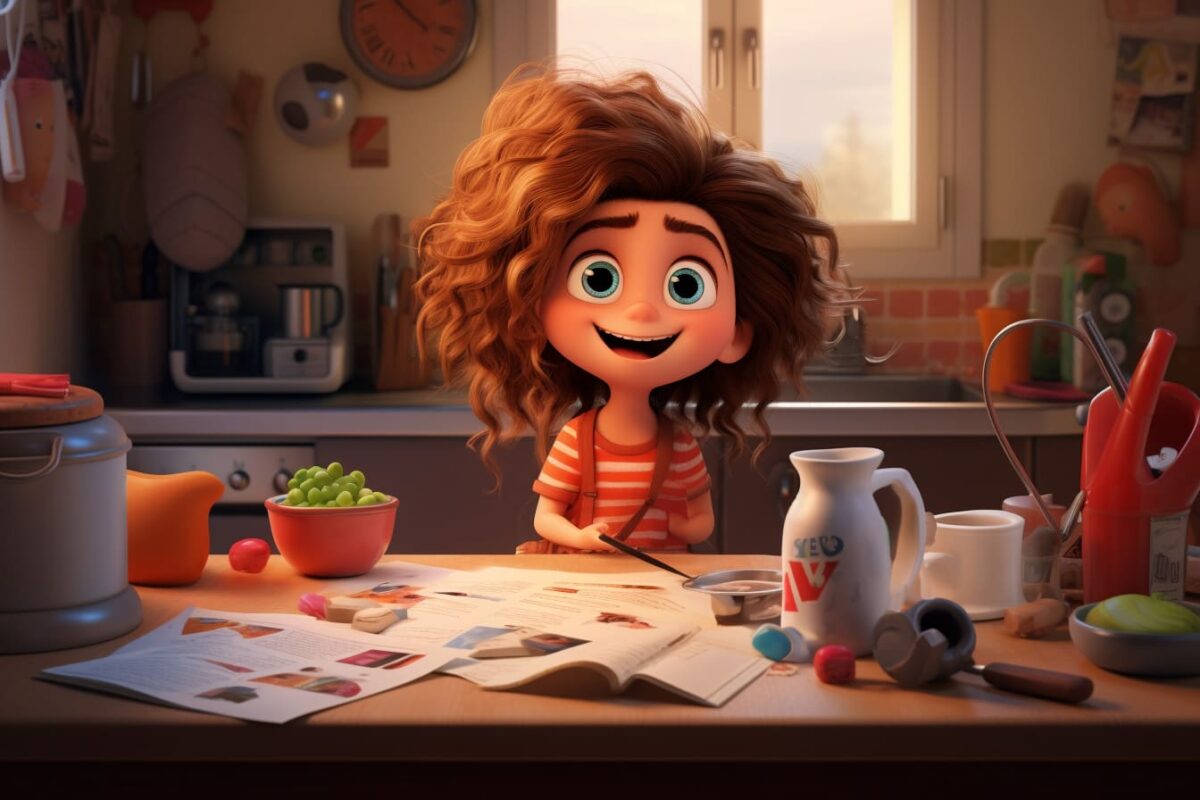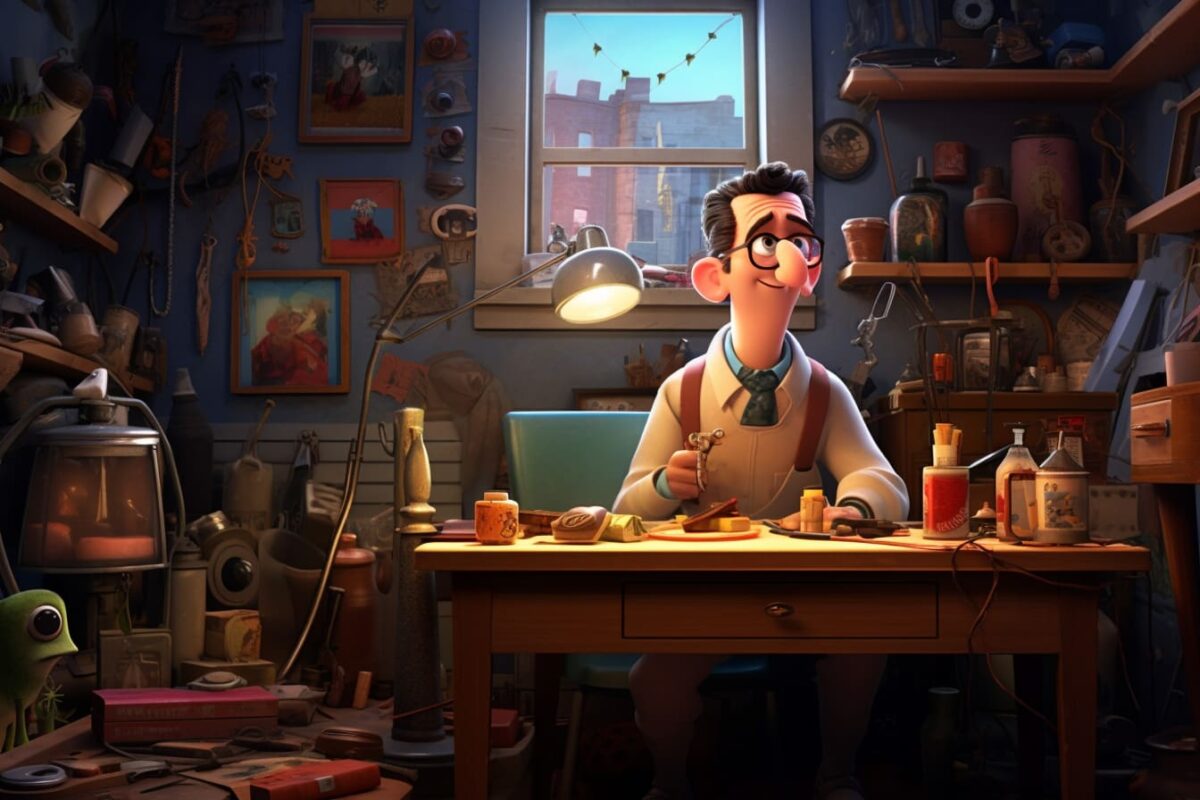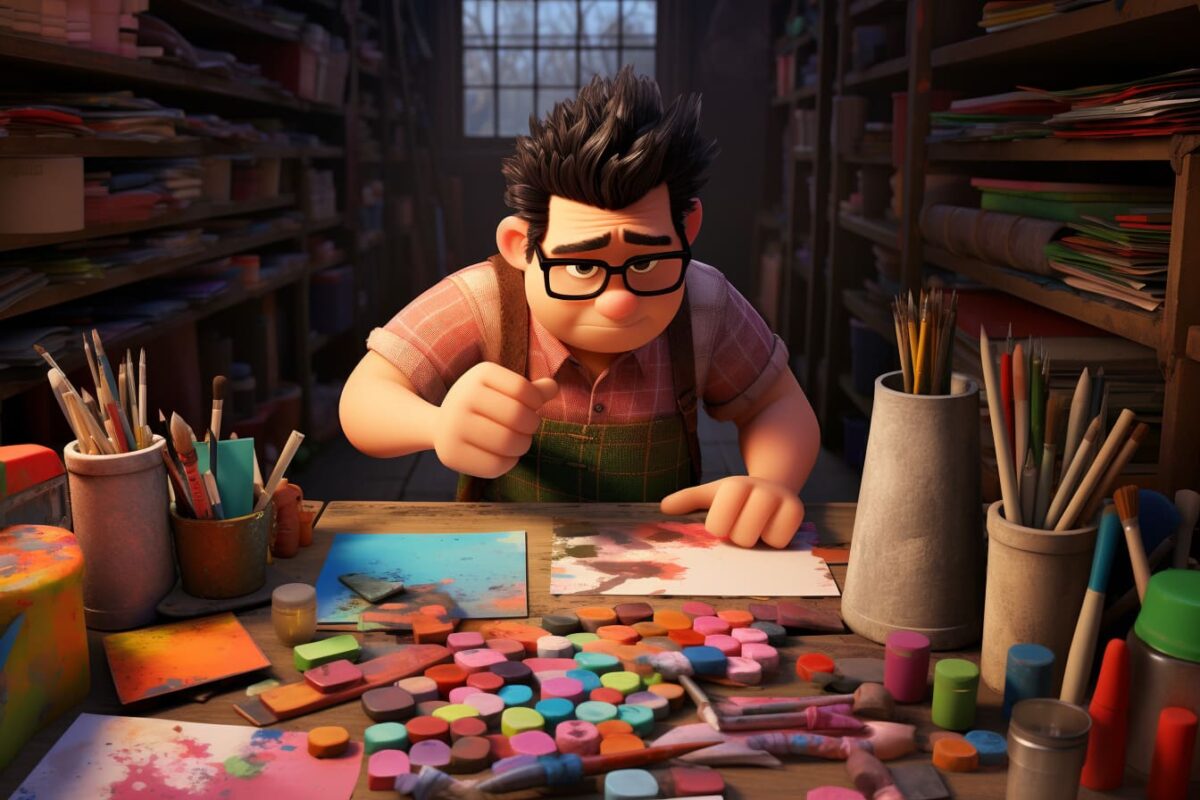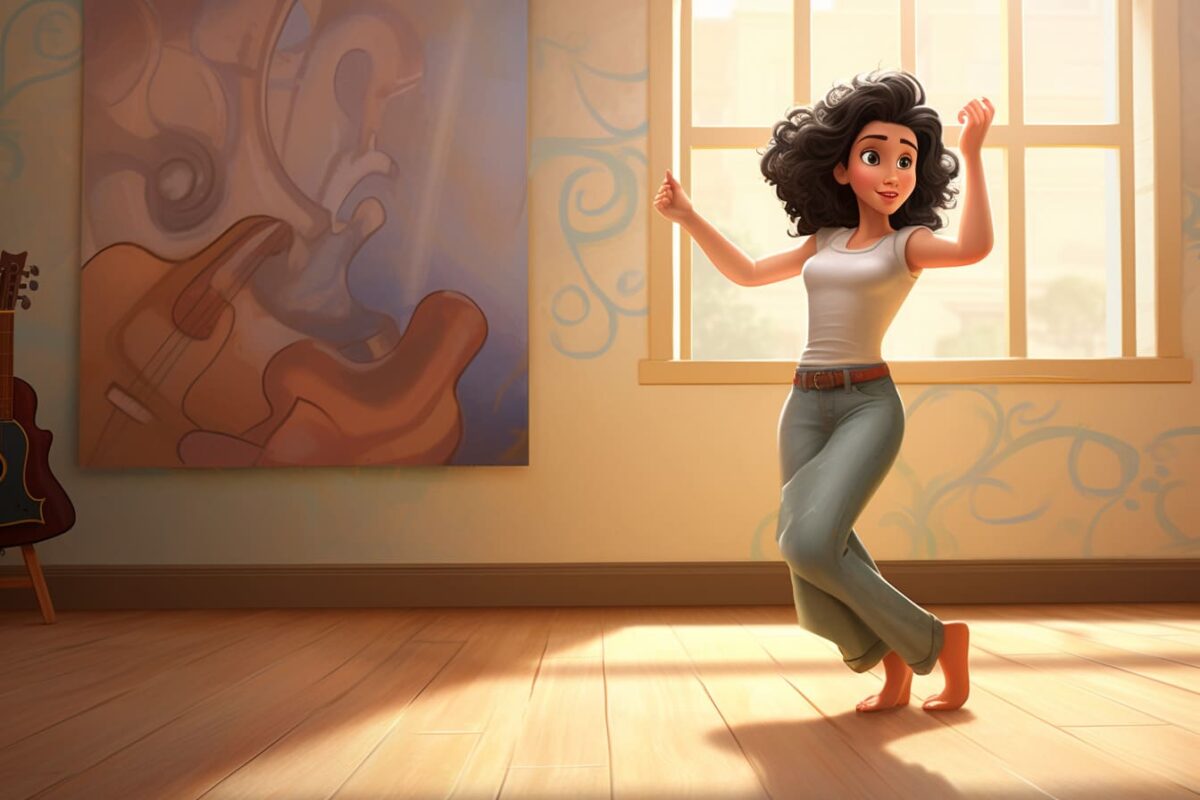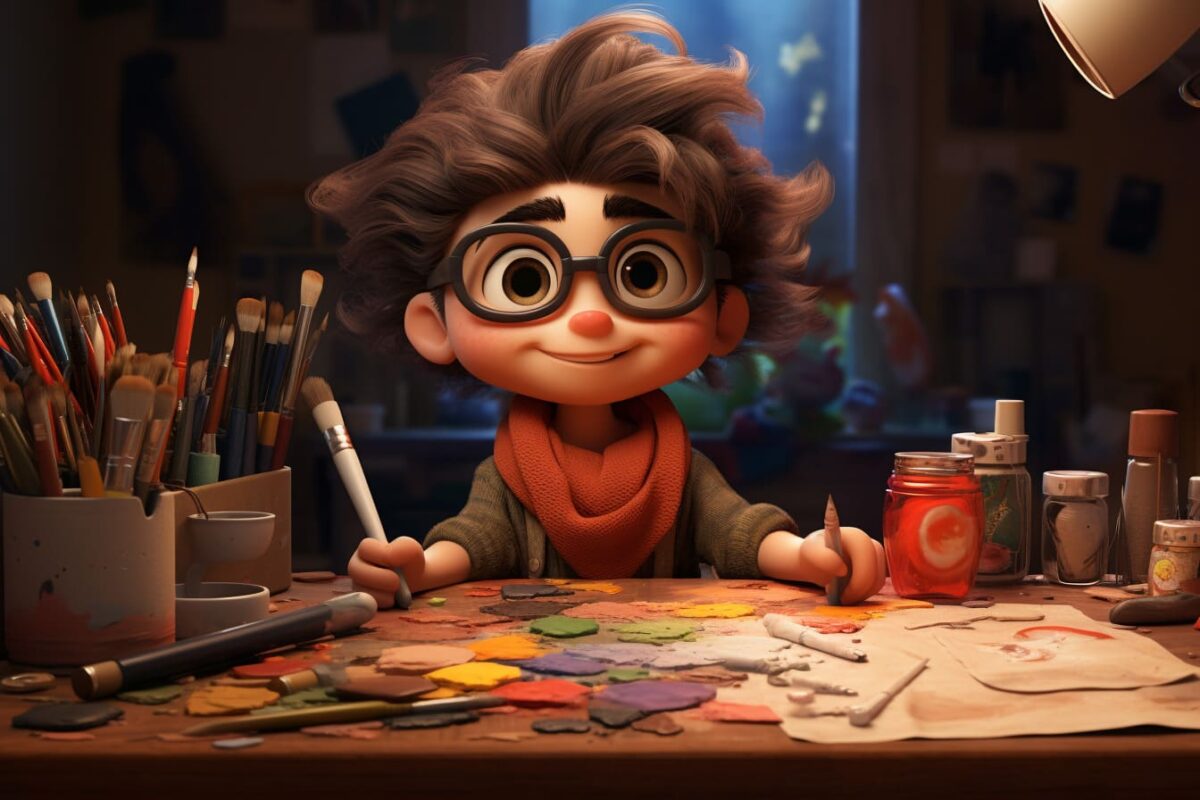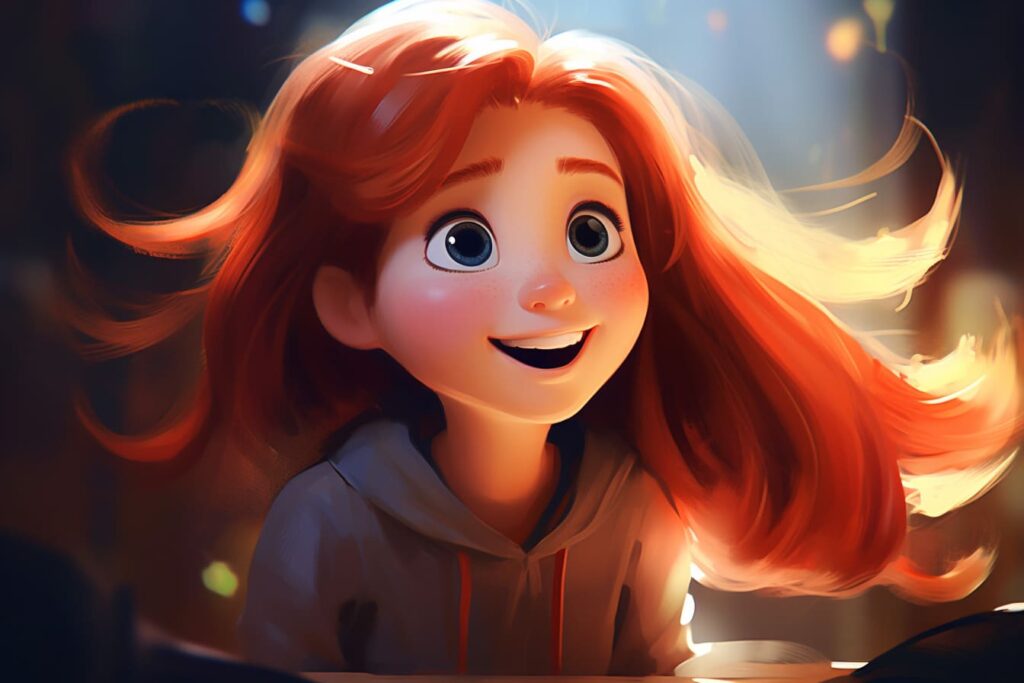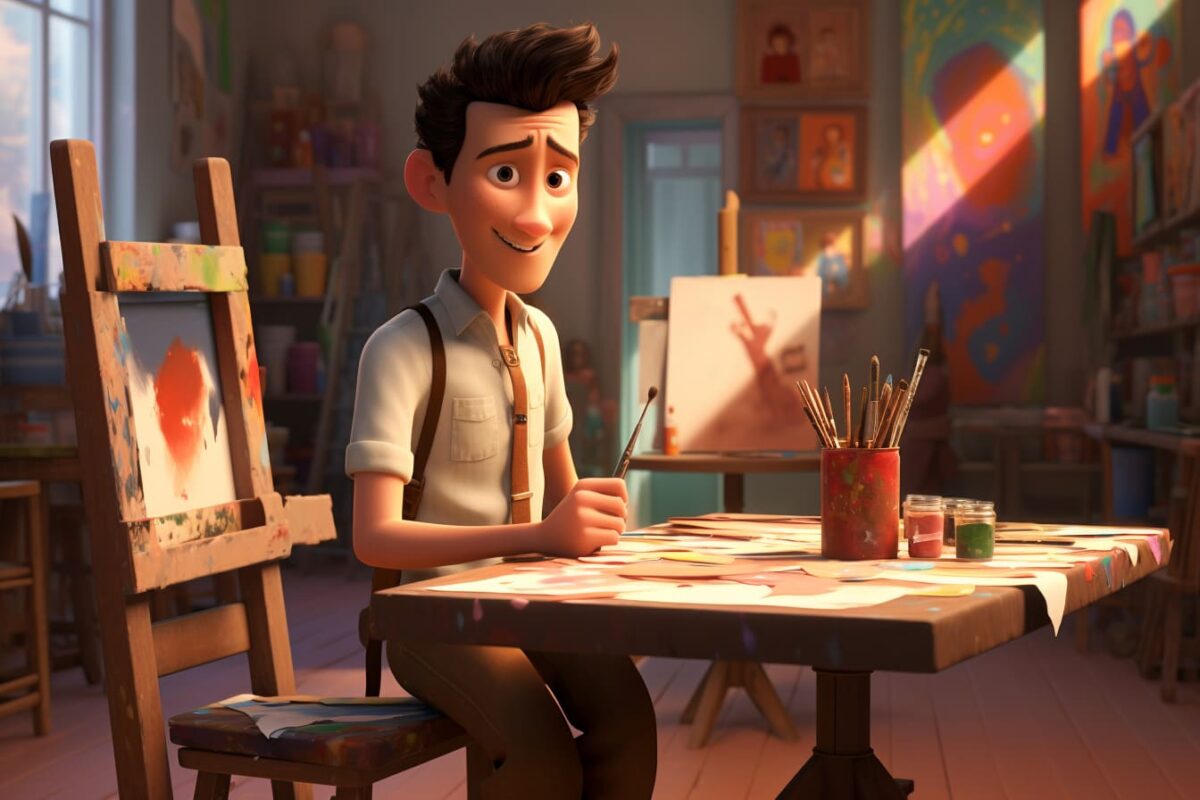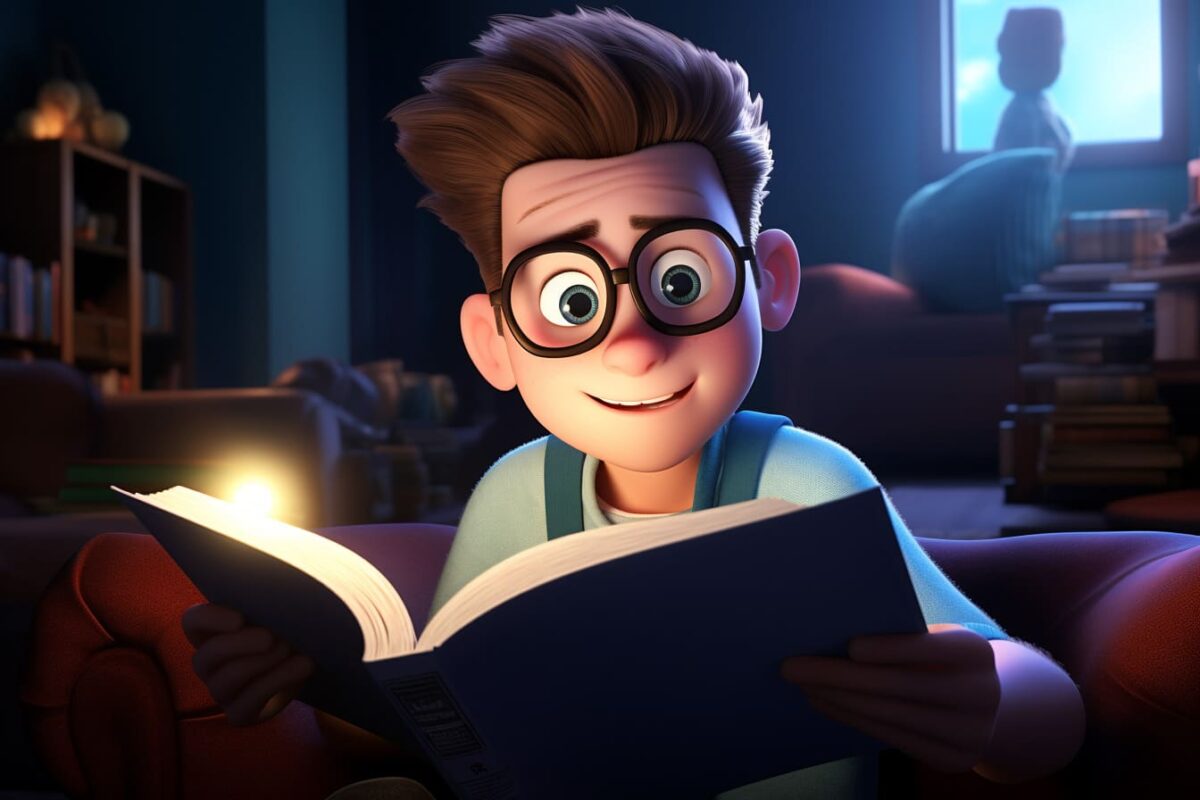Hello, fellow creative souls! Today, we embark on a journey that delves deep into the art of nurturing innovation. Innovation, after all, is the heartbeat of creativity—a force that propels us to explore new horizons, break boundaries, and shape the future. Read on to learn about cultivating a creative mindset.
The Innovation Imperative
In a world brimming with constant change and evolution, innovation is no longer a luxury; it’s a necessity. Whether you’re an artist, a writer, an entrepreneur, or simply someone with a penchant for creative endeavors, fostering a creative mindset can be your greatest asset.
But what exactly is a creative mindset, and how do you cultivate it in your everyday life? Let’s explore the fertile ground where creativity and innovation converge.
Embrace Curiosity
At the core of a creative mindset lies an insatiable curiosity. It’s the childlike wonder that propels you to ask questions, challenge assumptions, and seek novel solutions. To nurture innovation, embrace your inner curiosity.
Tip: Dedicate time to explore subjects beyond your comfort zone. Read diverse books, engage in thought-provoking conversations, and let your curiosity be your guide.
Cultivate Fearlessness
Innovation often walks hand in hand with risk-taking. A creative mindset is unafraid of failure; it views setbacks as stepping stones to success. Cultivate fearlessness by reframing failures as valuable lessons.
Tip: Keep a “Failure Journal” where you document your creative missteps and the lessons learned. This simple practice can transform fear into a source of empowerment.
Foster Collaboration
Innovation thrives in the fertile soil of collaboration. Connect with fellow creatives, exchange ideas, and cross-pollinate your thoughts. The synergy of diverse perspectives can birth revolutionary innovations.
Tip: Attend workshops, join creative communities, or simply engage in brainstorming sessions with friends. Collaborative thinking is the incubator of groundbreaking ideas.
Embody Adaptability
The creative mindset is inherently adaptable. It thrives in environments of change and embraces the unknown. Cultivate adaptability by being open to evolving circumstances and ideas.
Tip: Welcome change as an opportunity, not a threat. When faced with unexpected challenges, view them as puzzles waiting to be solved.
Experiment Fearlessly
Innovation often arises from experimentation. A creative mindset dares to test unconventional theories, explore uncharted territories, and challenge the status quo. Give yourself permission to experiment.
Tip: Create a dedicated space or time for experimentation. Whether it’s an art studio, a digital playground, or a quiet corner with a sketchbook, make it your laboratory of innovation.
Celebrate Creativity Daily
Lastly, celebrate your creativity daily. Acknowledge your small victories, applaud your bold experiments, and find joy in the process. Innovation is not just about the destination; it’s about relishing the journey.
Tip: Keep a “Creativity Journal” where you record daily moments of inspiration, no matter how minor they may seem. Reflect on your growth as a creative being.
The Harvest of Innovation
As you embrace curiosity, cultivate fearlessness, foster collaboration, embody adaptability, and experiment fearlessly, you’ll find your creative mindset flourishing. The seeds of innovation that you nurture will yield a bountiful harvest of groundbreaking ideas, fresh perspectives, and transformative creations.
In our next exploration, we’ll dance through the unpredictable rhythms of chaos and order and discover how they fuel our creativity. Until then, my fellow cultivators of innovation, may your creative minds bloom with the colors of innovation, and may your journey be as rewarding as the destination.
